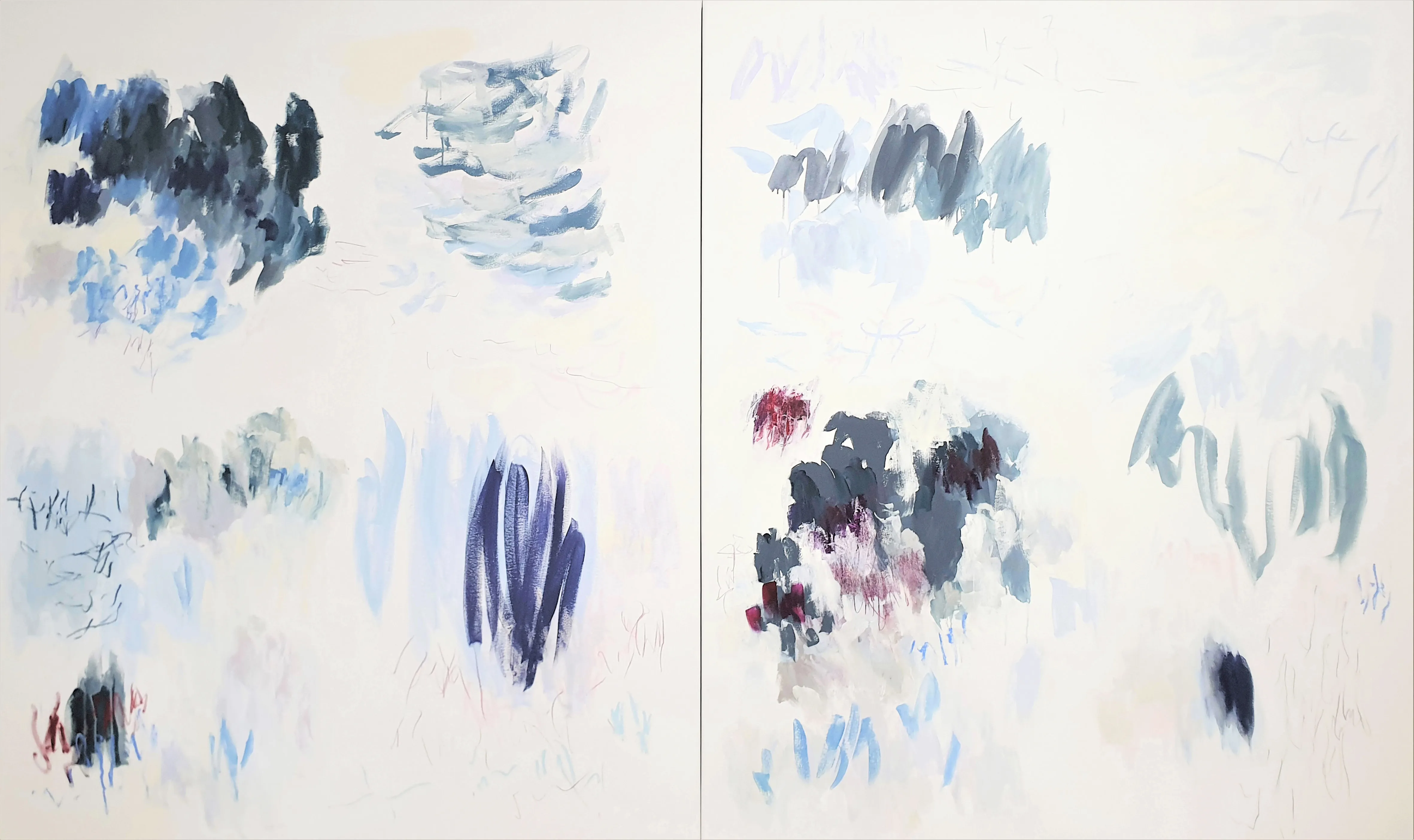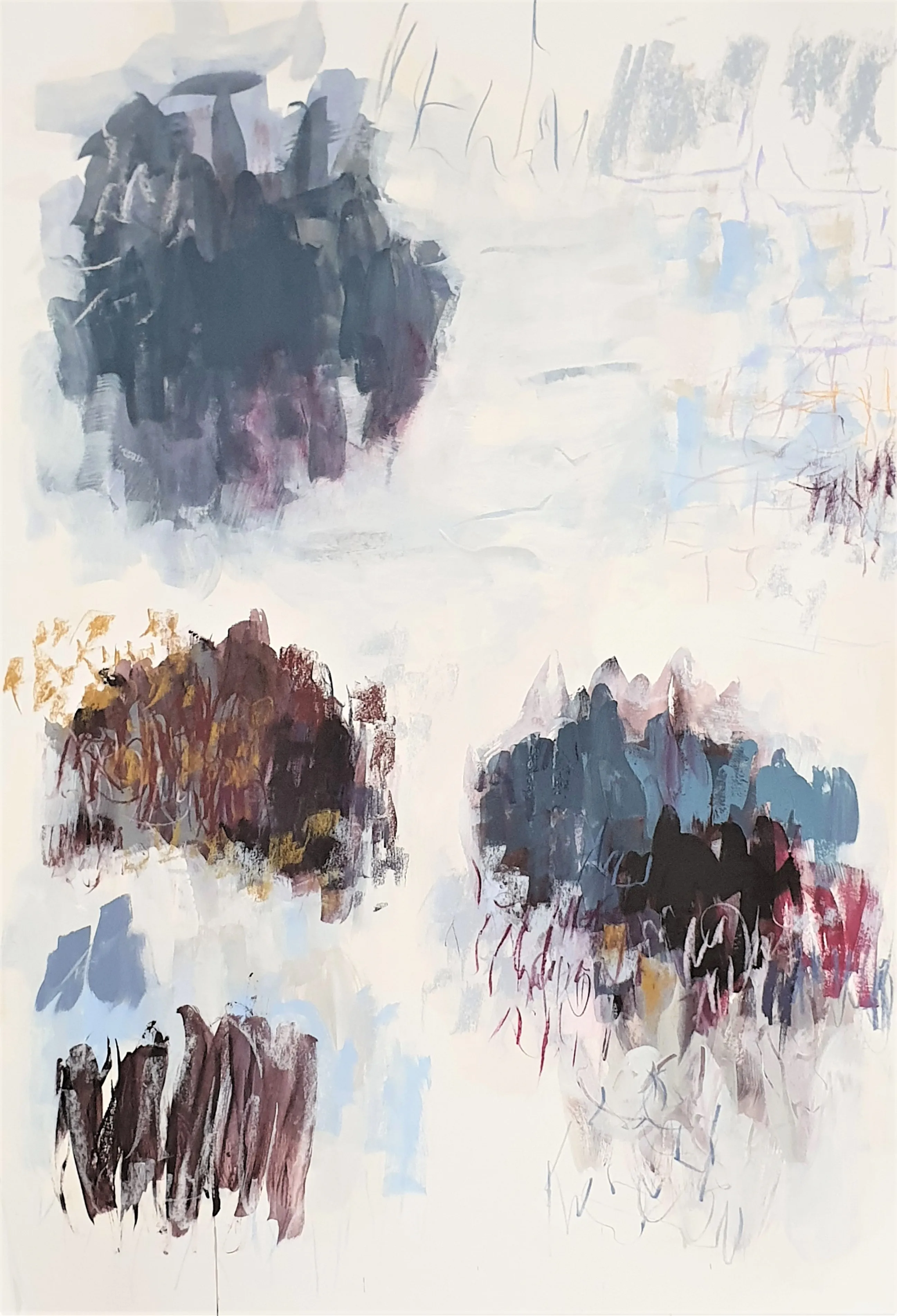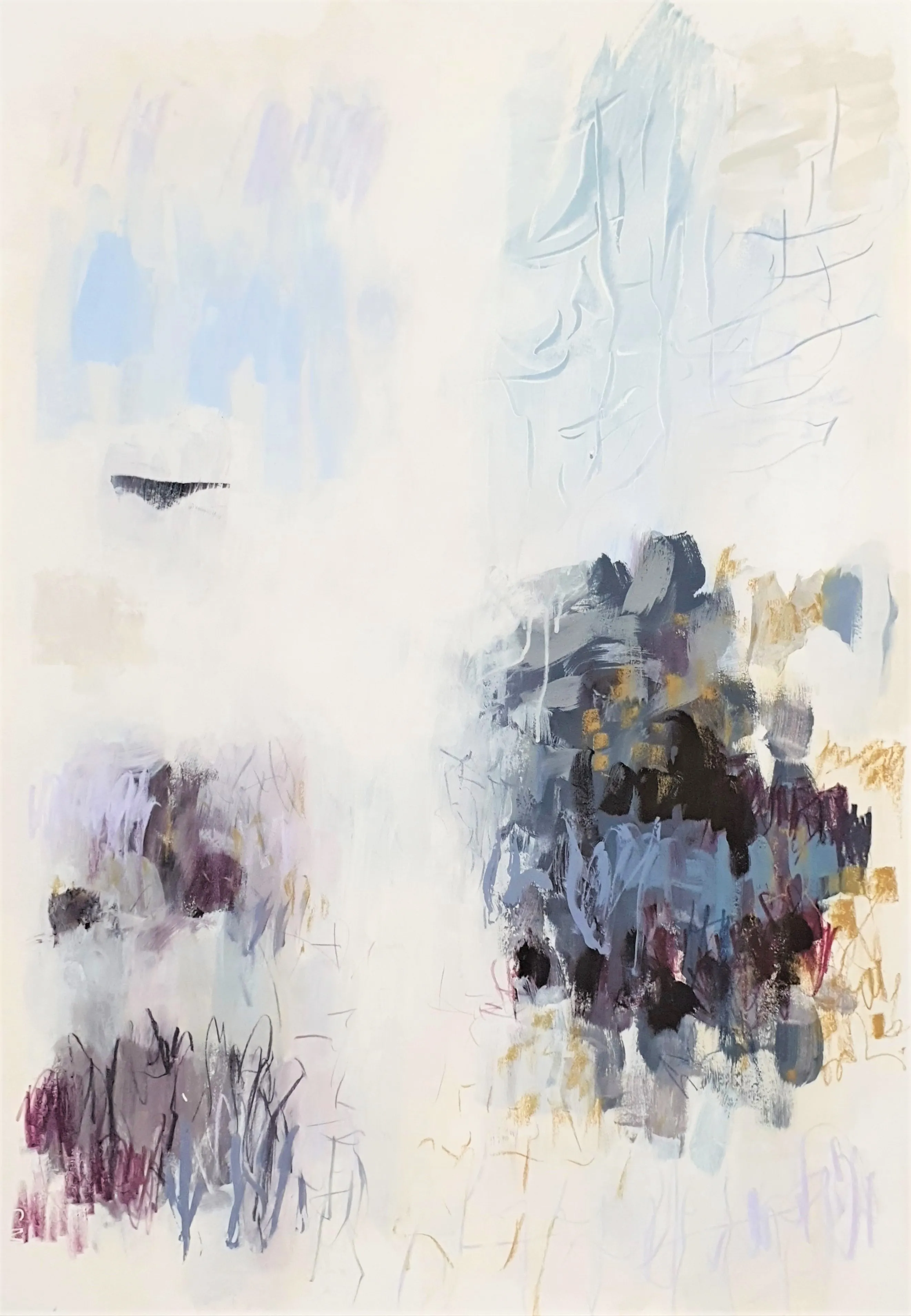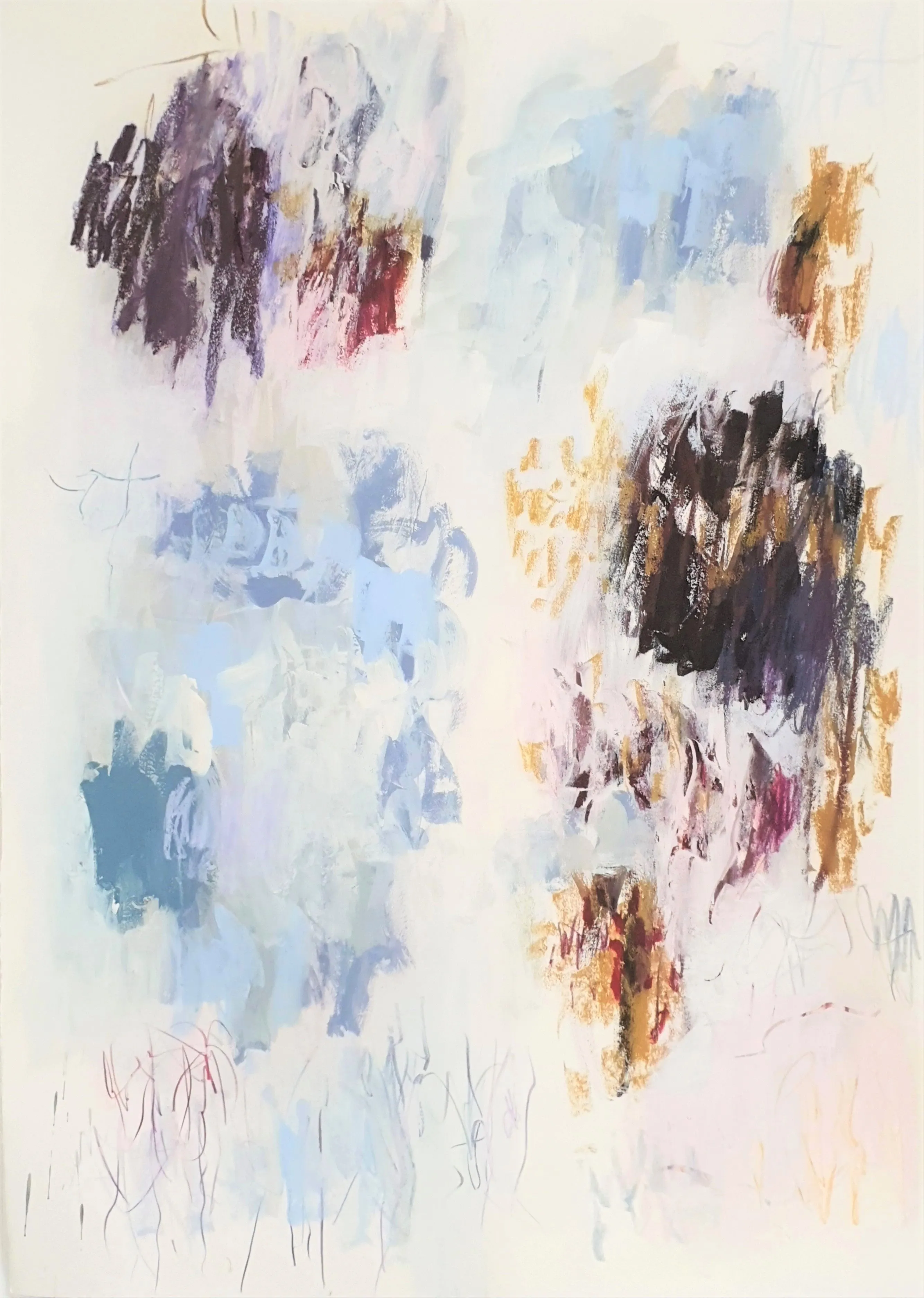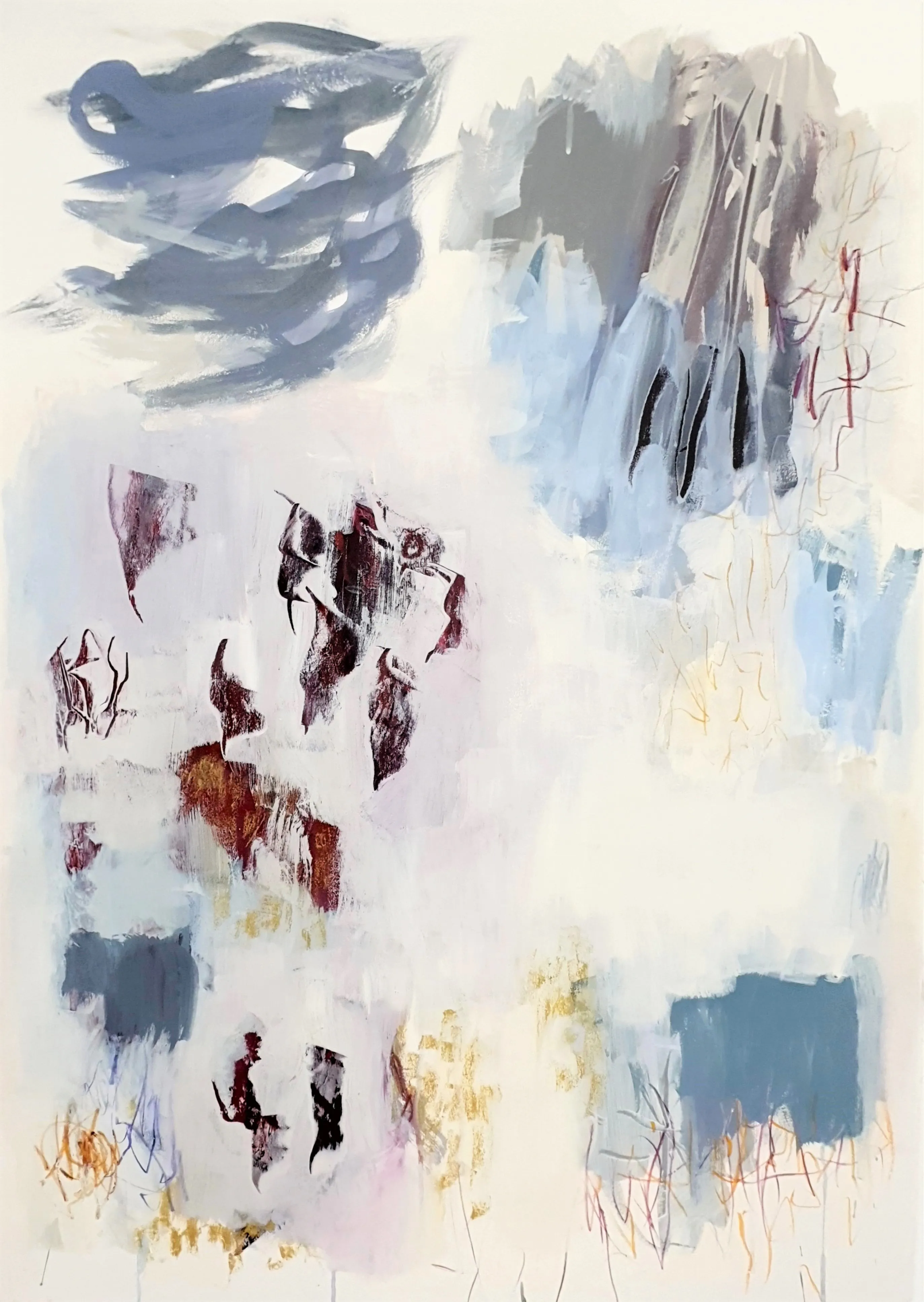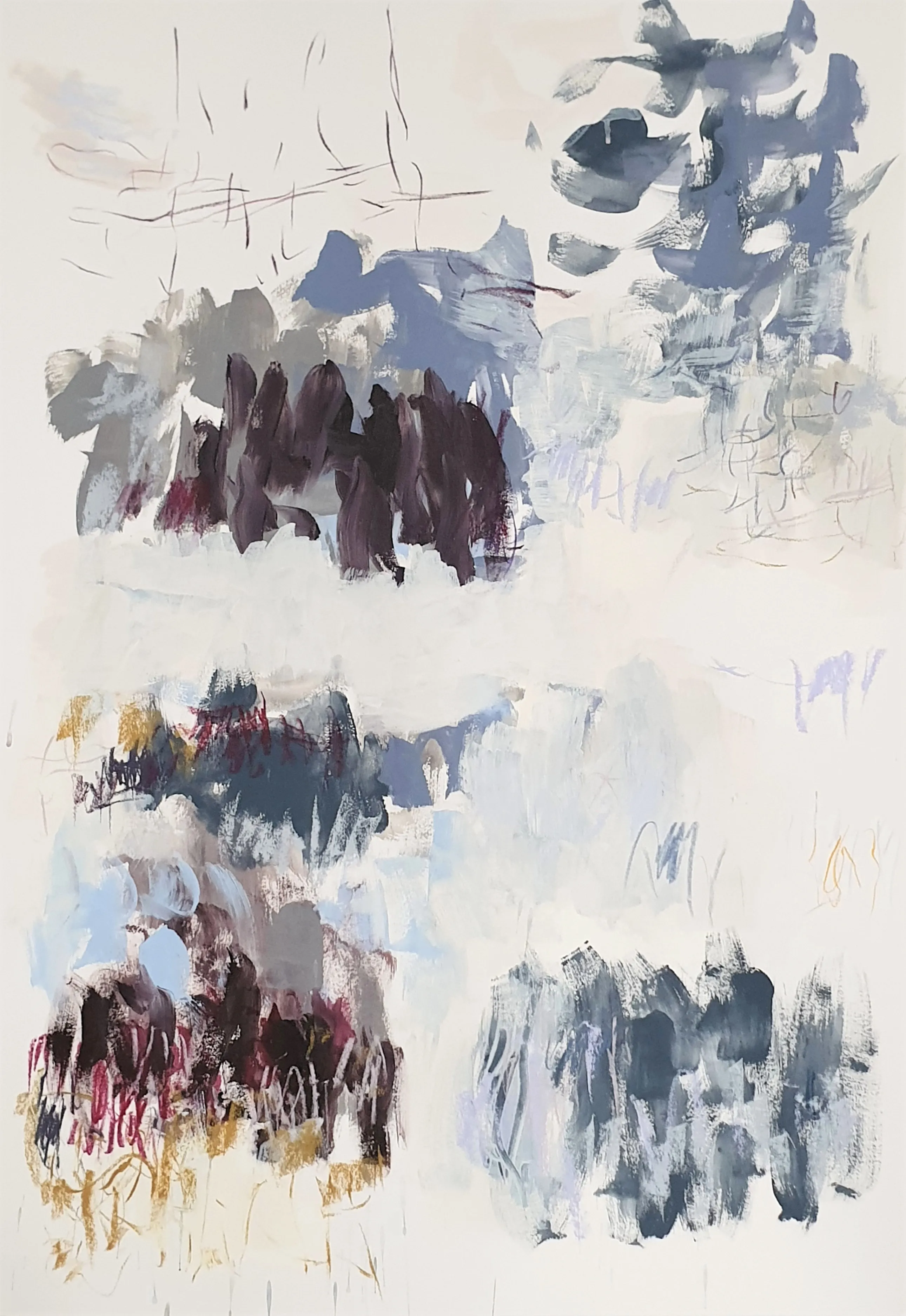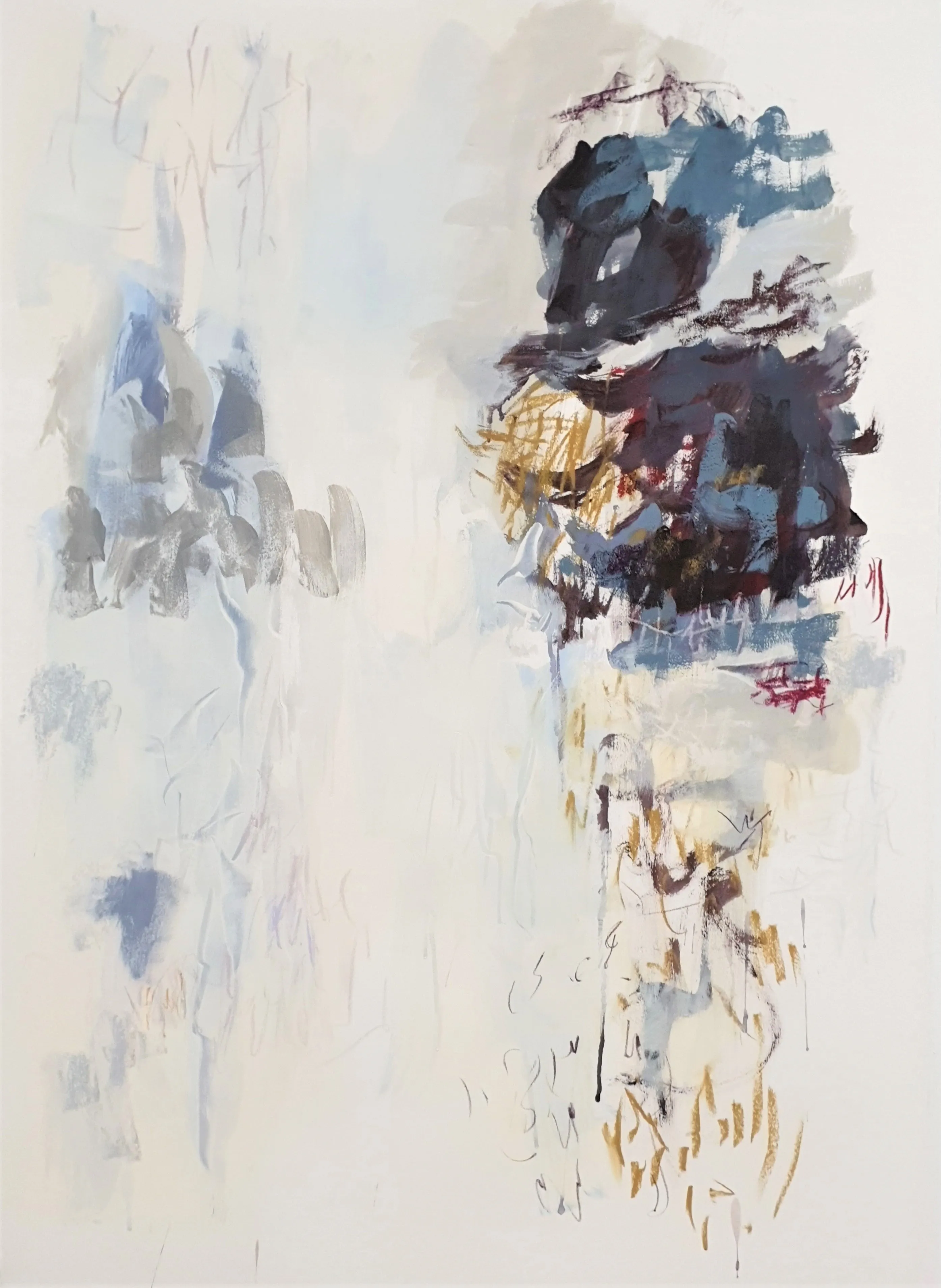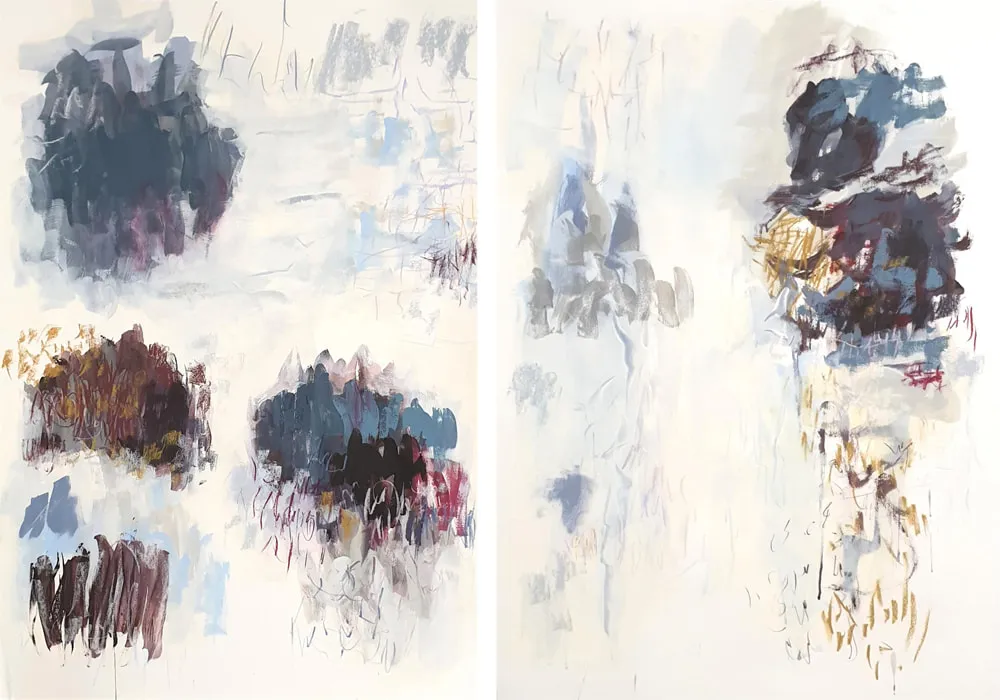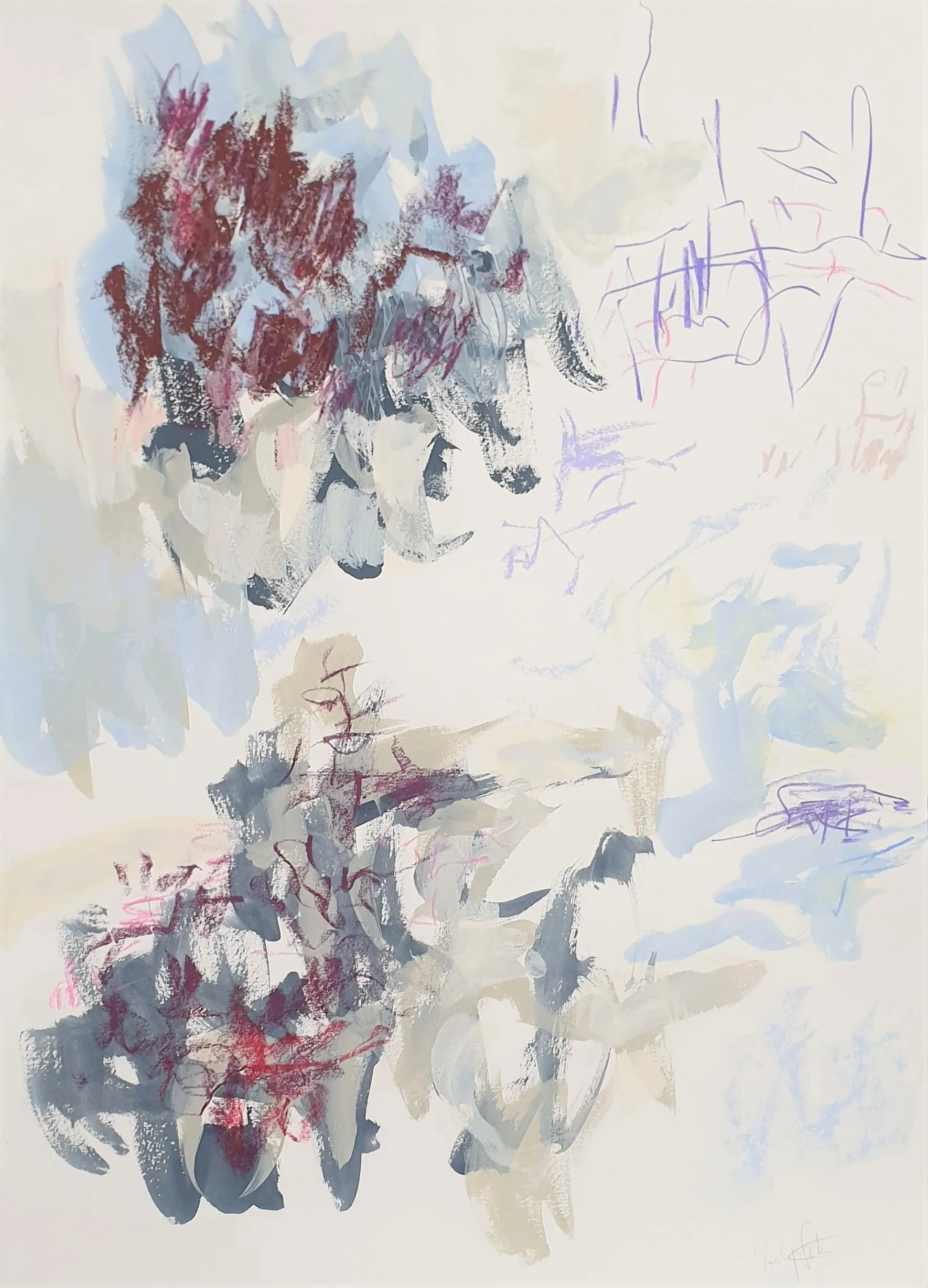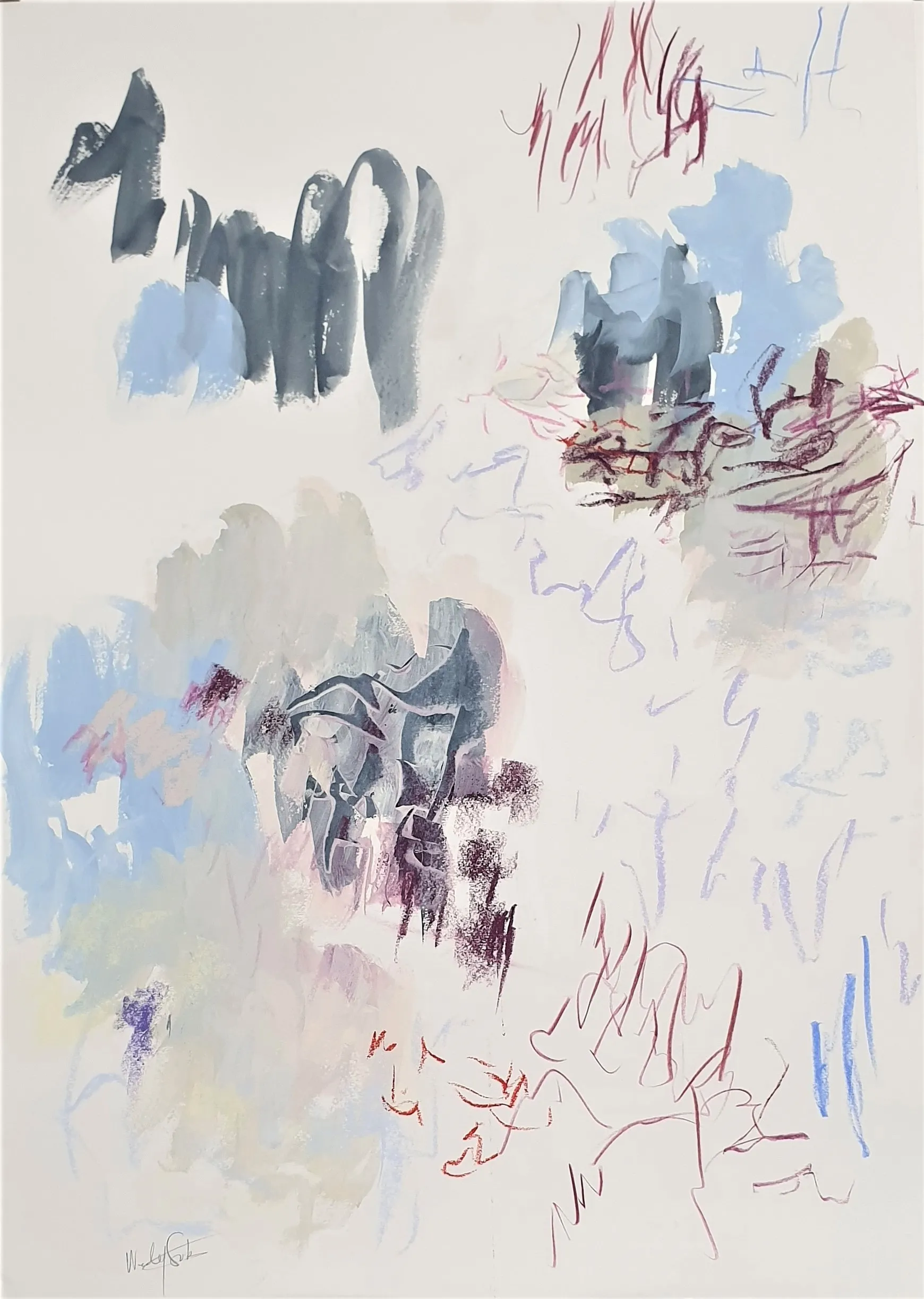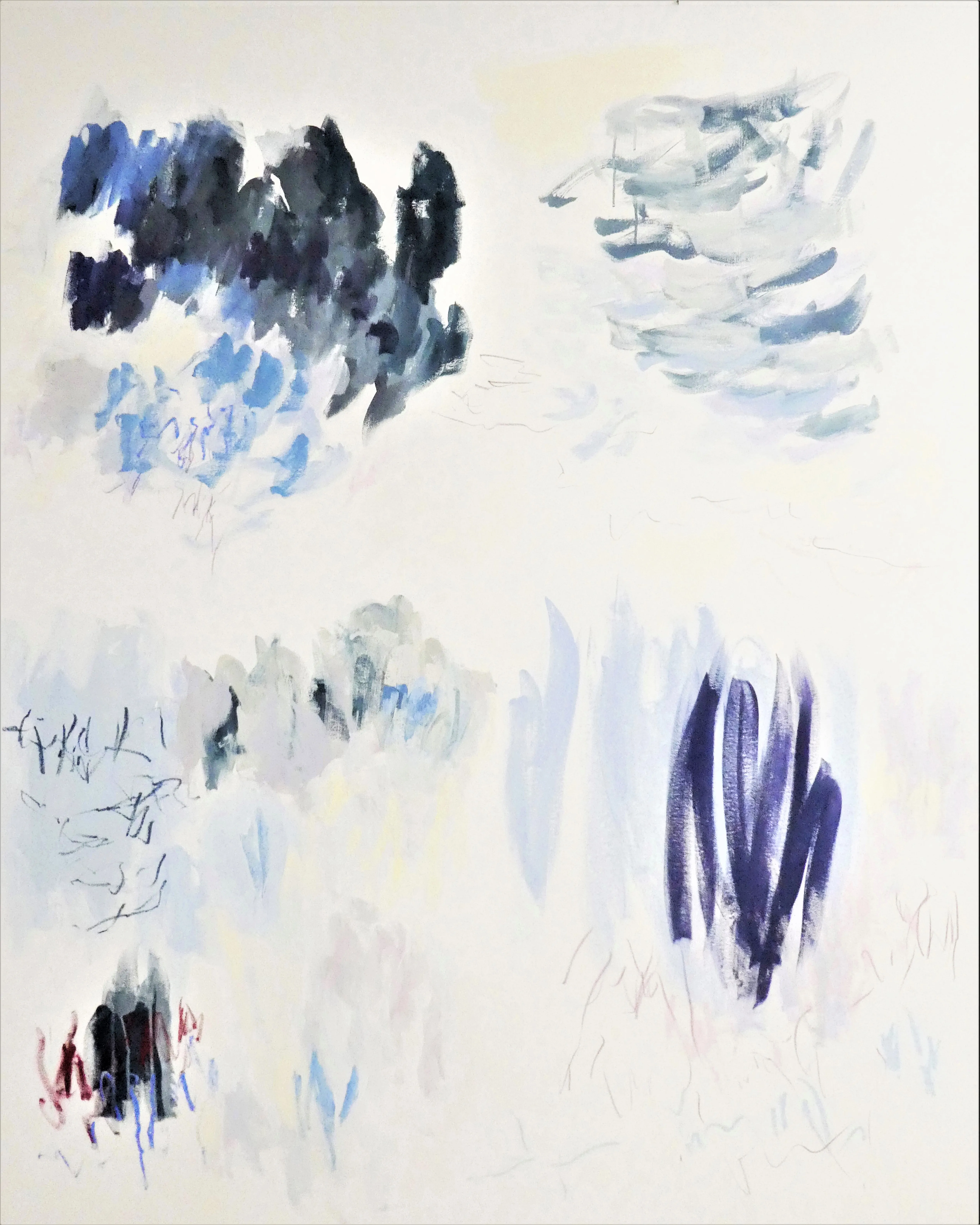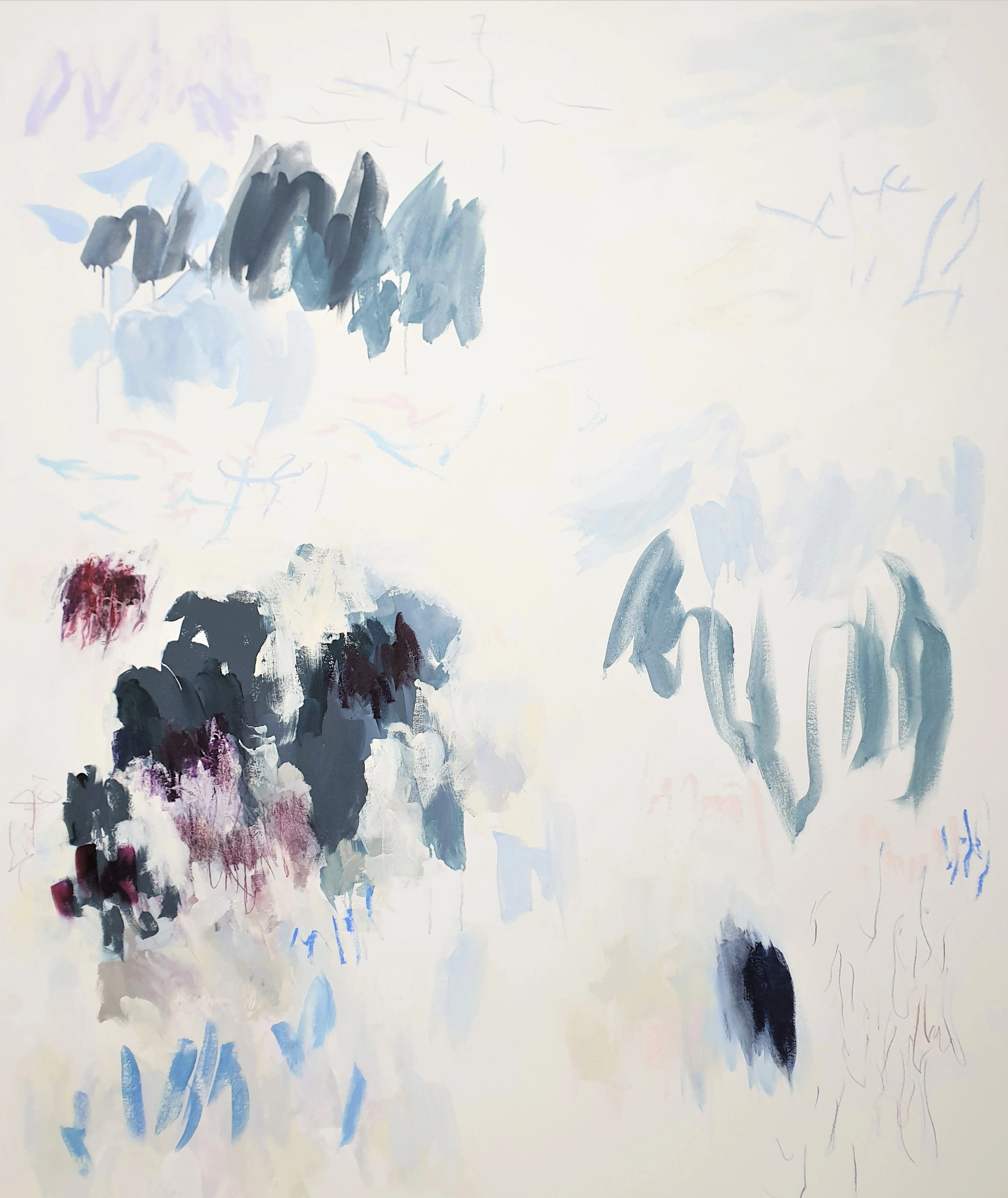Nurture and Place
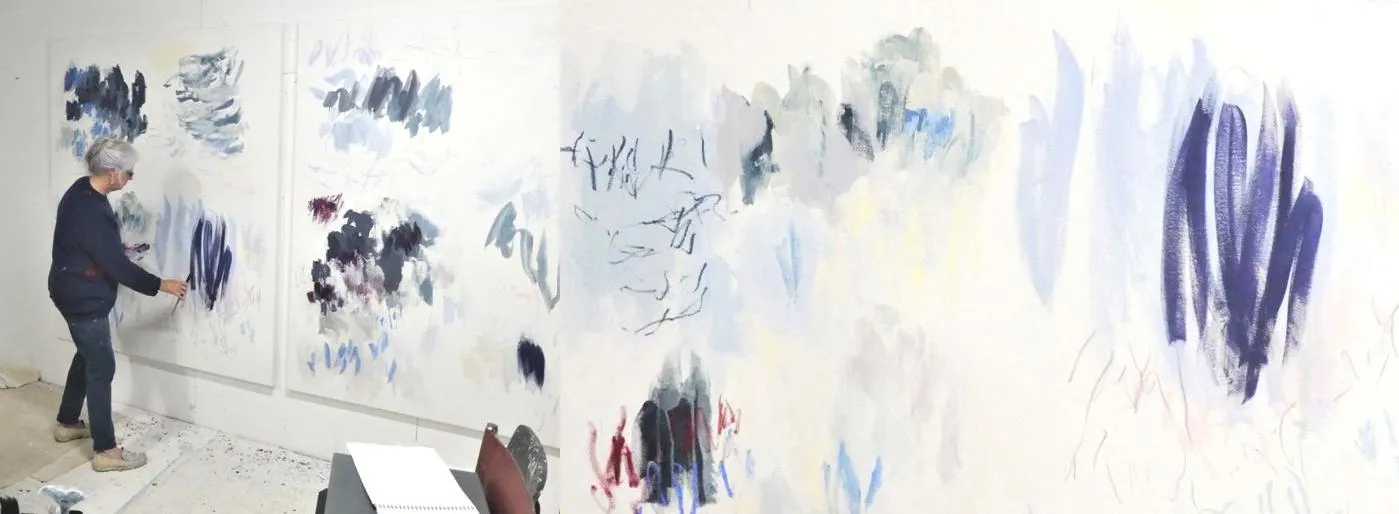
Shifting Spaces
I keep returning to the writings of Robert MacFarlane and Yi Fu Tuan. Their words have a way of seeping in which haunt and resonate deeply in my reference to place... in how we perceive a landscape and sense of place as being mutually inclusive; how the impressions of that place which comes to inform ones work are created within our minds but also gathered and carried through our bodies and often referred to as the ‘archive of the feet’ and/or ‘archive of the senses’.
When one digs deep into why my work is made it undeniably lies in a sense of loss…it becomes a form of retrieval and as MacFarlane puts it so succinctly, landscapes in memory are among those most important to us[1].
The diverse locations from which these memories are traced are landscapes saturated in light and space, often connected to gardens of childhood and the fluid coastal environs of adult life. These recent works pays homage to their origins; drawing from an eclectic set of gardens carrying meaningful connections to personal history which hint at metaphorical relationships toward simplicity, strength, resilience, fragility and renewal.
A residency in the 1990’s in The Hampton's, New York, but more recently Monet’s garden in Giverny, and frequently visited as part of a Cite des Arts residency, triggered both memory and a renewed interest which continues to provide an extension of these important ideas.
[1] We tend to think of landscapes as affecting us most strongly when we are in them or on them, when they offer us the primary sensation of touch and sight. But there are also the landscapes we bear with us in absentia, those places that live on in memory long after they have withdrawn in actuality, and such places – retreated to most often when we are most remote from them – are among the most important landscapes we possess.
Robert MacFarlane Pg 198 The Old Ways Penguin; 2012
